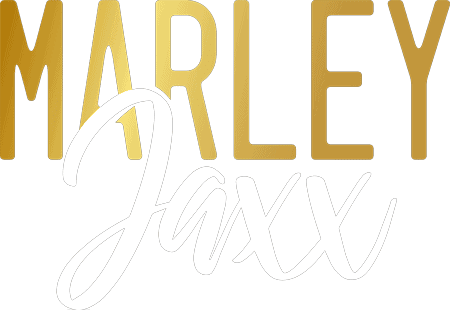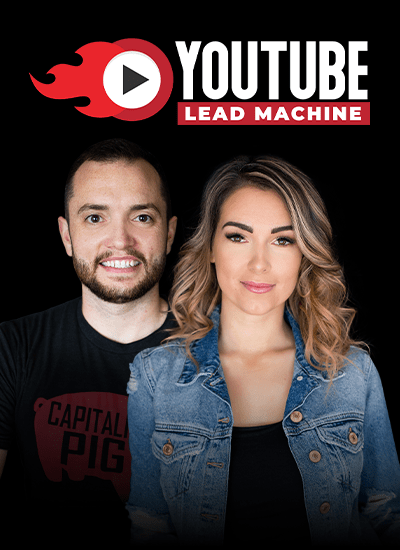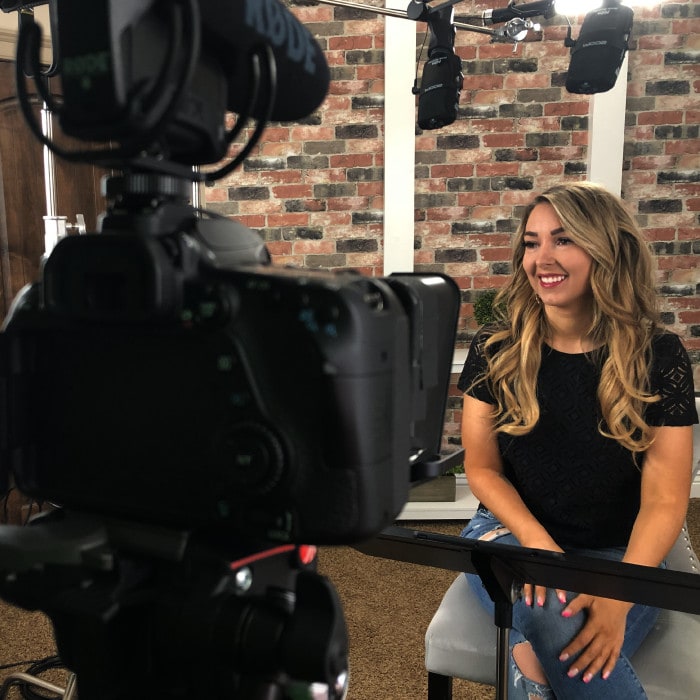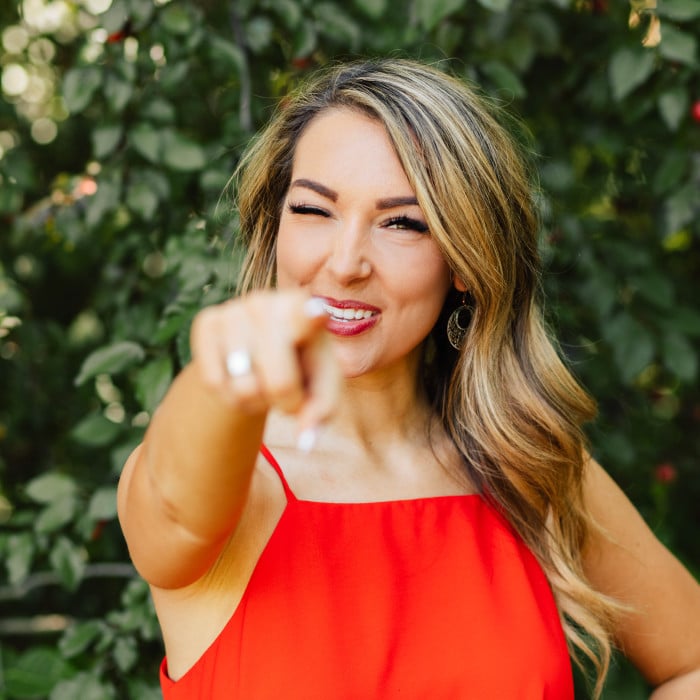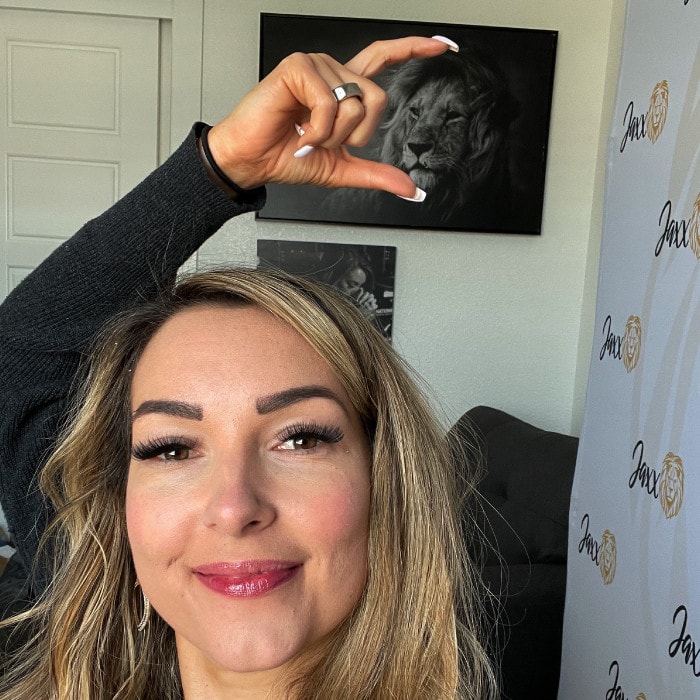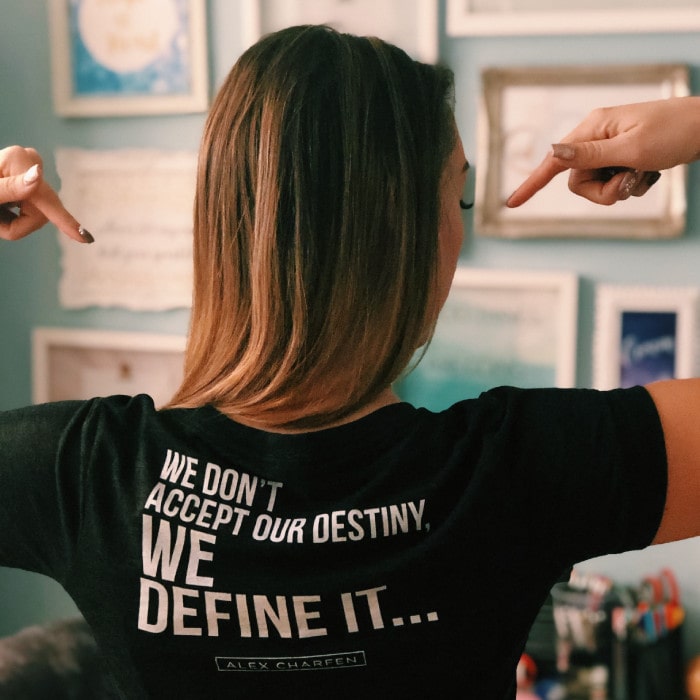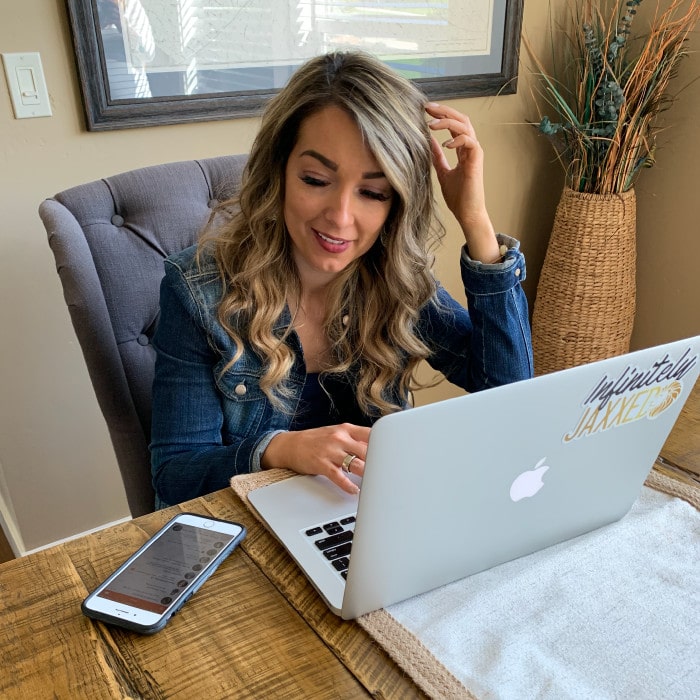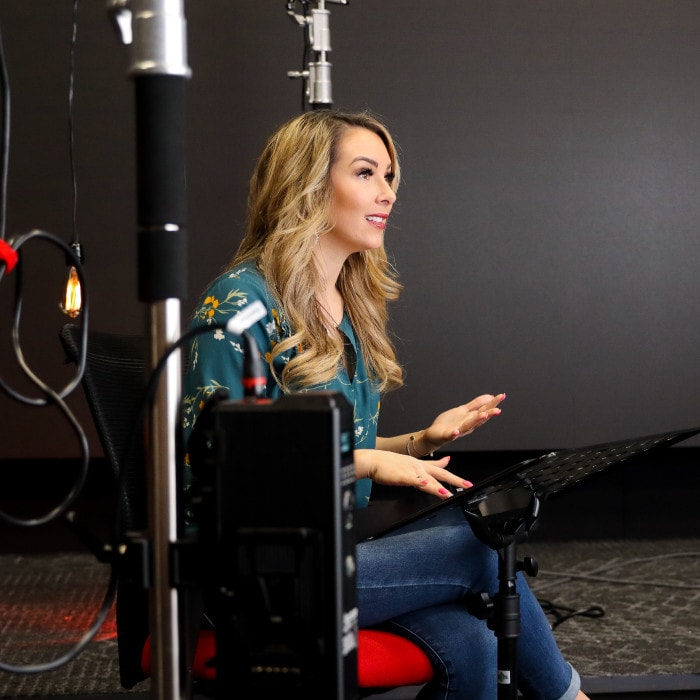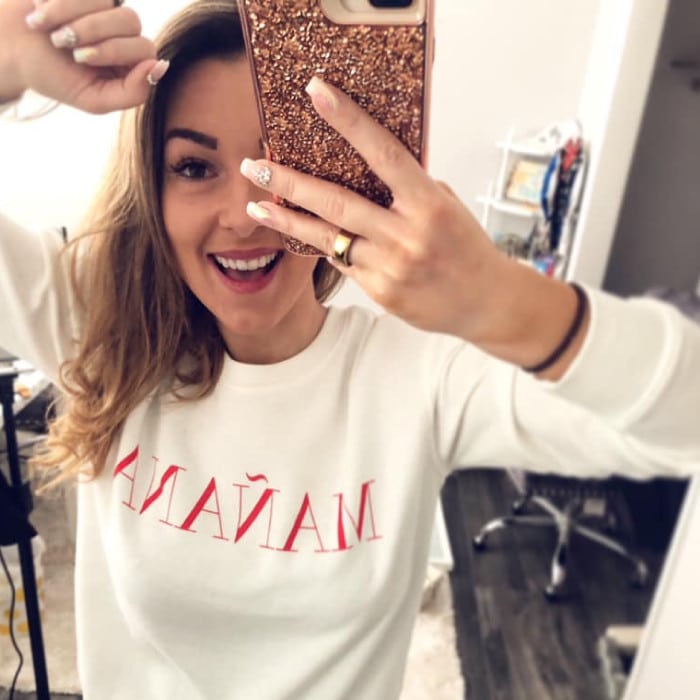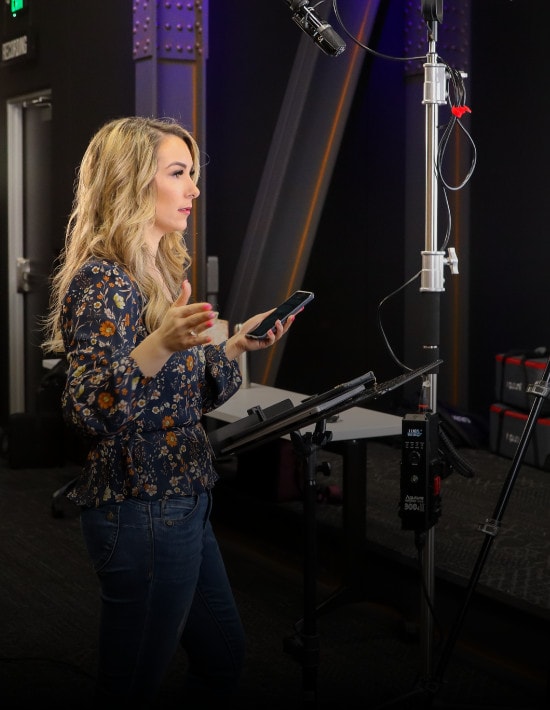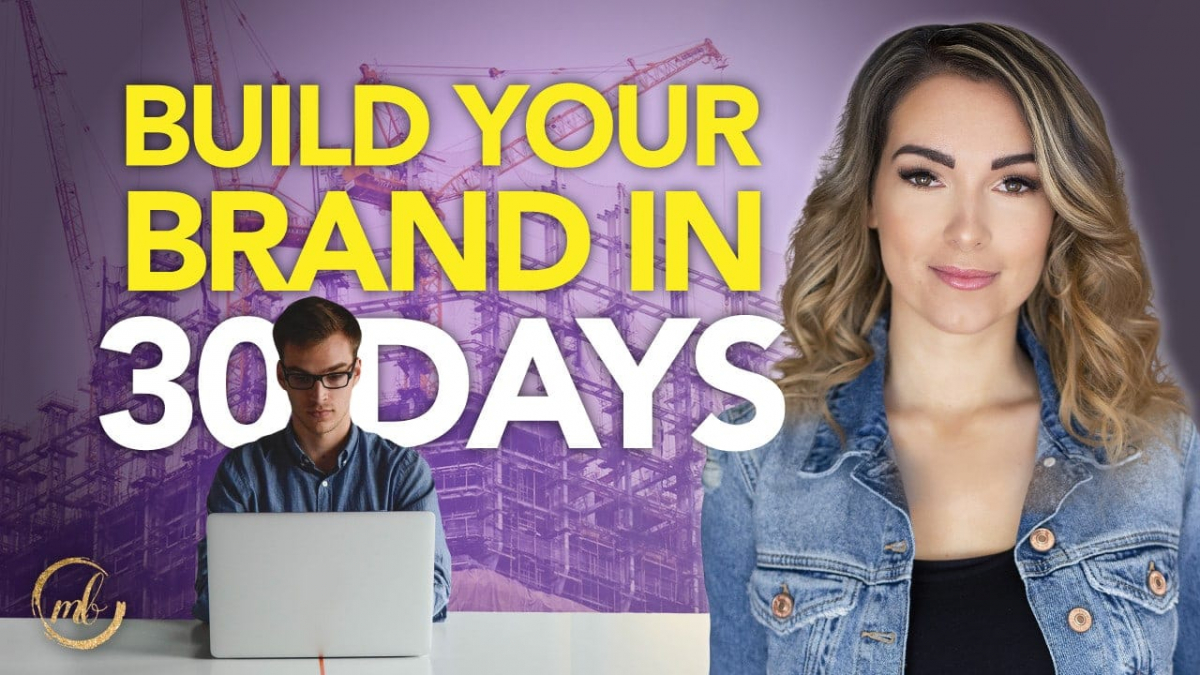Build Your Brand in 30 Days | Best Social Media Marketing Strategy for Entrepreneurs
Get your FREE Thought Leader Handbook
I don’t know about you but when I have this awesome business idea, I want it done yesterday.
So in this video, I put together a plan for how to build your brand in 30 days. I’m going to give you the step-by-step, the day-by-day, every single thing you have to accomplish each day over the next 30 days. I’m giving you the best social media marketing practices for entrepreneurs so you can achieve this. And actually, before we get into it, I’ve actually broken it down, you can click the link below where I break down each day, each goal, so you can accomplish building out your brand in the next 30 days. Let’s go.
I’ve broken this down into three phases. There’s lead generation, lead nurture, and lead conversion. So that’s about 10 days for each section. Some sections might be heavier than others, depending on where you’re at in your business model currently.
So the first thing, first day, before anything, before you can build a brand and have something to sell to people, you need to know who those people are. So day one is about developing your audience and your niche. Who are you actually serving? Who are you talking to? Who do you want to help and provide and serve in this world? Who are those people? And what do they want? What do they need? What keeps them up at night? What’s the solution that you provide to their problems? There’s this concept called Red Ocean Blue Ocean, and that means in the world of marketing or the world of products and services, the Red Ocean is a space where it’s quite competitive, and it’s called Red Ocean because there’s this imagery of sharks and really eating each other and competing, that these waters become so bloodied. Then, there’s the Blue Ocean where it’s this bright Blue Ocean, it’s yours for the taking. However, in that Blue Ocean, it’s so open that potentially, you might not have customers there. There’s tons of customers in the Red Ocean, but that’s where the content or the category king might be the one who is winning in that space, and there’s so many competitors and an audience there. And the Blue Ocean is where, like I said, it might be such a new opportunity that your audience isn’t there yet. It might take more capital and building before you can really establish yourself in that space.
We want to find the in-between, the Purple Ocean, ’cause the Red Ocean is where it’s very highly-competitive, but there’s an audience there. So how can you take that niche and find a sub-niche from it, that you take what you know is popular but create something that’s a little bit of a tangent off so that you create this whole new opportunity? And this is where your brand can excel is if you can take a new opportunity, something that people already have but show them a new way.
For example, Blockbuster. People loved Blockbuster. Going to the Blockbuster stores and be able to pick a movie, rent it, bring it back, instead of going to the movie theater or buying movies, but Netflix created a new opportunity where it was movies-on-demand, wherever you are from any device. And unfortunately, Blockbuster and all the other movie rental places that were in a Red Ocean at the time are no longer.
The next step in the first 10 days after you figured out who’s the audience you want to serve is how do you want to serve them? Let’s develop your offer. This is your product or service. This is the new opportunity, the opportunity switch that you bring to them.
Like I mentioned, there was Blockbuster. They were in this very competitive niche, and Netflix created a new opportunity, total opportunity switch that instead of people having to leave their house, get in the car, drive to Blockbuster, they could, through a remote, pick any movie anytime that they want to watch anywhere. And now, yes, there are other competitors to Netflix. There’s Amazon Prime, there’s Hulu, there’s so many that I can’t even think to name, but Netflix has this first-mover advantage and they were able to create their name in the space first.
But then for anyone new who comes in there, now that’s where it’s going to get more competitive for them even though Netflix is the category king. So think of it this way when you’re creating your offer is how can you create something that’s totally different for your audience, something that gives you the first-mover advantage, and is something that your audience completely, totally wants. And the biggest way, the best way to do this is to listen to what does an audience want.
Find a warm audience, find out what they want, and then give it to them. And as we’re creating an offer, I want you to think ahead, not just one product or service. How can you actually create a value ladder? And I actually have a whole video on my channel about how we created our value ladder. And this is where you have an audience that you can ascend to them through different levels of value and price points to be able to work with you through your products or services.
Think of it like this: someone could buy my book, which is, I don’t know, 10, $20. That’s an entry-level way that they can get access to me with a low investment of time and money. Then, as they begin to know, like, and trust me, then maybe they want to buy my course for $200. And then after that, they have more of a relationship with me that I’ve been able to provide them value through my book, and through my course that now they want maybe the next step which is maybe a live event. They want to meet me in person, they want to come attend and be in this group, in this community, and spend more time and learn more in-depth. So they are now willing to invest more time and resources into a higher level of that value ladder.
And after you’ve ascend them through there, maybe you have a very high-ticket offer where they want to pay you thousands of dollars for a mentorship program or marketing, a coaching program. See how we started from the beginning of the value ladder all the way up to the top, and through that, we were able to ascend them because you have built this know, like, and trust factor, and they actually feel more comfortable, and yes, I will give you my hard-earned money, and I will hold up my credit card to anything you offer me because I know the value that I’m going to get in return.
And it doesn’t just have to be a book, an online course, an event. That was just an example of my value ladder. But a value ladder can even be someone coming in for a haircut and then signing them up for a subscription model where they come in to get their hair done every month. It can be McDonald’s saying, do you want fries with that, that they go from just the burger to the whole combo. There’s lots of different ways that you can create a value ladder, and go check out the video on my channel that tells you all about how we created ours.
The next step within the lead generation phase is actually building your branding identity. And know that this whole video is about building your brand, but building your brand is more than just about your fonts and your colors and your logo. It’s also about your messaging and how and who you offer your products and services to. So yes, building your brand identity, this is a step that I bring in after we’ve already learned who we want to speak to and how we want to serve them.
So when it comes to building your brand identity, yeah, let’s look at building a logo, and your fonts, and your colors, how you want to be portrayed to the world. And just as a disclaimer, this is something that people get really caught up in and I don’t want you to. You don’t have to spend months, weeks, days, years figuring out what your logo is going to look like. And this is actually something that a lot of entrepreneurs get stuck in, and I feel like is because they’re battling imposter syndrome, or they’re building up their own sabotage. They’re self-sabotaging so they don’t do the real work that’s going to get them the biggest results. So when it comes to building your logo, your branding, your colors, everything else, don’t spend too much time on this. You can outsource this, you can hire someone to support you with this, but also know you don’t have to spend a ton of money on this. This can be something that you build on your own using Canva.
Canva’s one of my favorite graphic design softwares. It comes with a ton of templates and even color palettes that work really well together that you can use exactly what they show you through Canva, a Canva tutorial video that I have on my channel that will help you with building out your brand through. You can also outsource this using Fiverr or Upwork and get support for a low cost.
You have your audience, you have your offer with your value ladder, and now you have your brand identity. So now, it’s time to start building your online presence. This is probably around day five or six if you want to continue in this 30-day sequence. And disclaimer, you do not have to do this as quick as 30 days. Some things might take you longer than others. But after you have those three things in place, now you can start getting online and sharing your message to the masses.
Messaging is a really big part of your brand identity too is how do you want to speak to your audience? What’s your message? How do you actually impact the world? And you can actually look at so many influencers out there and see what is their messaging? What do they talk about? Gary Vaynerchuk, for example, he speaks a lot about hustle, and about hard work, and about patience, and about who you need to be as an entrepreneur to achieve what you want to achieve. In his messaging, he’s also a little bit rough around the edges, drops some F-bombs, swears, and then there’s people like Arianna Huffington that her message is a lot about self-care as an entrepreneur. She still talks about hard work, but she comes from a different angle, and a lot of her messaging, the way that she speaks is a lot more softer.
So if you compare those two people who are big, big influencers in this space, they have a different way of relaying a message to the same audience so consider how you want to relate to your audience, how you want to say it, how you want to come across, and to be consistent with that because you might also see those influencers, those entrepreneurs that you watch that they are all over the place. That one day, they’re saying this, and one day, they’re saying this. And sometimes, you watch them and think, “whoa, what’s going on? Is this a hot mess of a person?” When that’s the thought that’s taking away from their actual message, it’s hard to know, like, and trust them and buy what they’re offering.
So think of how you want to be portrayed to the world and see how other people are doing it that you can learn from. Next is also creating your strategy for how you want to reach your audience. What platforms do you want to be on? Are you going to be on all social media platforms, or will you focus on a few? So this is a good thing to ask yourself, depending on your audience. Is your audience on LinkedIn? Or are they on Facebook? Or are they on Instagram? Are they on Pinterest? Are they on all of the above? Where do you need to go to reach your audience? And you don’t have to be on all platforms. If you want to just focus on the few that you’re really good at, spend your time there. Focus there.
Next is, do you need a website, or do you just need some sales funnels which is the next big part that actually moves into some of the lead nurture and lead conversion. So I talked about how we’re breaking this into three phases, but when it comes to your offer and your sales funnels, these are going to work in all phases and are really important for actually selling what it is that you have to offer.
So in this part of lead generation, let’s talk about creating the strategy for how you’re going to build your audience and own your audience. Because here’s the thing is if someone follows you on Facebook or Instagram or even just lands on your website, even if you post there, it doesn’t mean that everyone that follows you is going to see it. If I post something on Facebook, it’s not going to reach all 10,000 people or whatever who are following me. I have to actually send it to them in a different way that I know is going to land. And I could post on all the different social media platforms and hope that they see it somewhere. But if I have their email, I know that I can send them an email that it will land in their inbox, and now it’s also up to me to write a good enough subject line and build the relationship enough that they want to continue opening that email, or else, it can easily just go into the junk folder, or they hit delete before they even open it and my message gets stuck.
But how do I get them to sign up for my email list and want that to build that relationship with me in the first place? What I recommend is building an opt-in funnel. And I’m actually going to give you my template for all of my opt-in funnels that we use. We use ClickFunnels. ClickFunnels is my favorite software and has changed my business because of the capabilities that it gives me to grow my audience, to give value, and then to convert them as a customer.
So what this does is if you can offer something for free, so let’s say if you are a home decor designer. Interior designer, is that what they’re called? If you’re an interior designer and you want to give your top tips for how to dress your window coverings, and that’s something that your audience really wants, so you can maybe give a PDF or a guide or a checklist or even a video series, something that’s automated that doesn’t require you to be continuously doing this, that they can sign up, they click the link below, and they’re able to get that. They go to your landing page and the landing page tells them exactly what it is that you’ve just promised. It’s like here’s my top 10 design tips for your window coverings. You can come up with anything. It can even be a coupon code. It can be a live or an automated webinar. It can be a video series.
There’s lots of different ways that you can provide this value and then get their email address in exchange. So they go to the page, they see all the copy that makes them really intrigued for why they want to get this free thing, and they put in their email address. Voila, you now have their email address and they now have your freebie.
The next thing you’re going to have to do is to make this automated is sign up for an email marketing software. We use ActiveCampaign. There’s other ones like AWeber, Infusionsoft Mailchimp, whatever you want to use. We personally love ActiveCampaign that I’ll include a link for that you can get a free trial if you want to try it out. And this way, people, when they sign up for that email, or they sign up for that free thing, it automatically sends it to them, because if you had to do that over and over, my goodness, that would take up a lot of your time. And we’re trying to build your brand fast so that you can keep growing and not so you get stuck in the tactical.
Last step in the lead generation phase, before we moved into the next 10 to 20 days with lead nurture is your social media content. We want to be building relationships. And we call it social media for a reason, right? Because it’s social. If you just want to have a one-way conversation, you may as well get a newspaper. But this is a relationship so post on your social media and have a good variety of content, whether it’s 80% value content where you’re just building relationships, and make sure you’re responding to those comments and going back and forth, building that report. And then, 20% of it can be promotional or can be a call to action, and get them to go to another thing where they can sign up for an offer that you have, or a course, or a lead magnet, the freebie thing that you’ve created.
Consider what kind of content you want to post or do you want videos, images, Facebook Live, Instagram Stories, all of the above. How are you going to promote what you have to your audience and build that relationship? And consider this, before you go right in with, “hey, I have this course and you should buy it“, ask yourself how you’ve built that relationship.
And consider this: it’s kind of like if I were to go up to a stranger and say, “hey, will you marry me?” I haven’t dated them yet, I haven’t taken them out to dinner, I haven’t met their parents. So it would be very likely that they would say, “who are you? No.” So don’t go right in for marriage, don’t go right in for the kiss, and don’t even offer anything until you’ve built the relationship, and that you’ve given them enough value that there is a level of reciprocity that when you do offer that, they go, yes, I do trust you enough to give you my email address or to give you my credit card and say yes, I want to work with you, or I want that next step with you.
All right, now, we’re 10 days in. And remember, you can do this at your own pace, but typically, in the first 10 days, that’s where you can create the audience you want to work with, the offer you want to give to them, figure out how you’re going to build that relationship with them, what kind of freebies can you offer, how can you build this opt-in funnel on ClickFunnels or whatever software you want to use that they can then sign up for your email list. And from there, because we have their email and we have these people that we’re growing relationships with and attracting more of a cold audience, warming them up to become a warm audience, and then likely, a hot audience that then they want to buy and work with you for everything that you offer in the future.
So once we have them, now we move into the lead nurture phase where we want to continue to nurture those relationships. And as you’re nurturing, know that because you’re building relationships with other people, they’re going to then be able to refer you or to speak volumes about the offer that you have and be able to draw in more people to work with you. So continue with your social media content, but now let’s also look at your email marketing.
So you’ve had these people that have signed up for your list, that they’ve gotten that free thing, now how do we nurture them further? Are you going to send weekly newsletters? Maybe you create a weekly newsletter email where you’re sharing your stories and what’s going on with you that week, or giving them more value. Maybe you give them an email nurturing sequence that as soon as they’ve signed up for that free thing, there’s a sequence every day after that where you’re sharing your origin story, you’re sharing your epiphanies, you’re sharing everything that created who you are today because it’s very likely that people are following you because they see you and they see hope. They see opportunity that you’re the after picture and they’re the before picture, and they see, I want to be like that. How did they get to where they are? And how can I follow in their footsteps, learn from them, so I can become what they are too?
Within day 10 to 20, this is where I also want you building more funnels. Can you create more opt-ins, more lead generation opportunities where you can give them free things so that you have a variety of different things you can provide them. However, I don’t want you blindly just creating a whole bunch of free stuff. I want you to consider how this leads in to your value ladder. Remember we talked about having something from entry-level to high-ticket that they can ascend through all levels.
So if you create a book on something and you give them a free, maybe it’s an eBook, maybe it’s a guide, maybe it’s a checklist or a video series, can you then, after that opt-in, they get that free thing, instead of the next page just saying, hey, thank you, congratulations, it’s on its way, what you can also do is go, hey, and since you got that, I actually have another small video series for you that’s $27, something that’s a pretty low ticket that isn’t a hard way, a hard thing for them, or a big objection for them to say, hey, yeah, I’ll raise my credit card and give you that money because I see the value in this free thing you gave me, so you’ve now built the know, like, trust factor, that now they’re willing to invest $27, or really, it can be anything under about $100, depending on the value you’re going to provide, and they’re willing to become a customer of yours.
Now, before you go too far into creating all these lead magnets and low-ticket offers, I actually want you to focus on the higher ticket, your core offer, and your high-ticket ways that people can work with you because your business is going to thrive more when you actually have an offer that people want to be in, and that you can sell that, and then build out more of these front-ends that will ascend them into there. So consider this, if you had a course or a coaching program where people paid $1,000 to work with you, that would be a pretty great runaway, right? It would be great revenue, you hopefully make a good profit from that, and from that, you’re able to support yourself, your family, your business, and reinvest so that maybe you can run Facebook ads in the future. This isn’t even part of the 30-day phase, but you want to be able to create an offer that gives you the runway so that you can reinvest and build more into your business, whether that means you need to hire an assistant or need to hire graphic design or video editors or some sort of support so you’re not doing it all on your own.
If all you’re doing is selling these low-ticket things that are less than $100, you’re going to need a big audience to be able to fulfill that for you so that you have profit and money you’re able to reinvest into growing your business. So although, yes, I want you to have some freebies that will bring in an audience, that’s a minor thing because we want to nurture our audience and convert them with our main services, our products or services that people can buy, and then ascend into a higher ticket, but then have people that are at the entry level that want to be in your main core offer.
So now, we’re moving in to day 20 to 30 which is focused on lead conversion. So to recap, lead generation, date one to 10, we’re looking at your audience, your offer, and who you’re speaking to on which social media platforms and getting them onto your email list through free offers. Day 10 to 20 is where we’re nurturing them more through video content, Facebook Lives, Instagram Stories, whatever platforms you want to focus on, and build up that audience.
You’re offering them your freebies, getting them onto your email list, you’re nurturing them through your origin story, sharing your epiphanies, giving them more value that makes them feel connected to you, and then figuring out what’s your actual core offer and high ticket that you want to sell them into so that you have more runway and you have a way that you can serve your audience at the best and highest level to give them the results that they want. That’s what they’re coming here to see you for, right?
Then moving in to lead conversion is we have the offer that we want to sell our audience into. How do we nurture them enough to then convert them into wanting to work with us? One of the first things is getting really clear on what your audience wants. There’s a lot of value for you as a business in hearing what your customers are saying.
Example, McDonald’s. They had a lot of customers who were saying, dang, I wish that McDonald’s didn’t end at 10 a.m. I don’t get up at that time. So not only did they extend breakfast till 11 a.m., they actually moved it to being an all-day breakfast, and now they have more people who are wanting to buy those hash browns and those Sausage McMuffins at all hours of the day, and they did that because they listened to what their audience wanted and now have a higher market share, and now, they’re the ones that have the first-mover advantage because now we see other stores, other restaurants that are creating this all-day breakfast after McDonald’s did.
After you know what your audience wants and you’ve created the offer for what you can give to them is to actually get them through to now purchase. And is that through just sending them a link to an order form, to, hey, here’s the course or the event or the product that I have to sell and here’s how you buy it. You can create that through an easy sales funnel on ClickFunnels. You can download it right into your ClickFunnels account and use exactly that, you can send them to an order form, or maybe you want to get on the phone with them and have an application call, or have a strategy call with them to show them what it is that you offer.
Can they get on a call with you and you build that relationship and you show them what it is you have to offer? That’s another great way of converting your audience from just being an audience to now being a customer is typically through an order form, get them on the phone, or show them exactly how they can sign up.
Lastly in lead conversion is to always look at your numbers, and this is going to be a continuous thing. And as you’re going through lead generation, lead nurture, and lead conversion, you’re always going to be going through this cycle. You always want to be generating leads, filling your pipeline so you can then fulfill your pipeline after you’ve converted them.
There’s a lot of real estate agents that get stuck in this where they’re selling so many houses and then after those deals are done, they have to hustle to find new customers. Or if they had lead generation always in place, they would just always have this flow of new customers in and out, always going. You don’t want to be in this feast or famine. You want to always have customers coming in.
So one of the most important things is to know your numbers. How can you know what’s working and optimize from there if you don’t know your numbers? So look at your social media engagement. Look at your follower count if it’s growing. Look at your conversion rates, your opt-in rates, your click-through rates on your funnels, on your if you’re running Facebook Ads which you don’t have to do within these first 30 days, but look and see what’s working and what’s not. You can also look at even your videos, if you’re creating video content and just see how long are people actually watching. Are they watching for 30 seconds and then leaving? What did I say at 30 seconds? Or did they just get bored? What can I do to make things, to make my content and make all of my offers the most optimized for my customers so that my audience then becomes paying customers?
Don’t just base it on what you think you want, you have to listen to what your audience wants which is the biggest theme for this is to create based on an audience that’s warm, and find out what they want, and then give them what they want. So you can follow this whole plan for the next 30 days. You can do it over and over. It doesn’t have to be just in the 30 days. Even if you have a brand that’s pretty established, a lot of these things can continue to grow your brand, and I’ve outlined everything step-by-step.
And if you do have any questions, I would love for you to comment below so that I can support you with building your brand. It can especially be tricky when it comes to what are my offers? How do I build up my value ladder? And that’s something that I really love to do and I’m really good at so comment below if you have any questions. I hope that helps.
